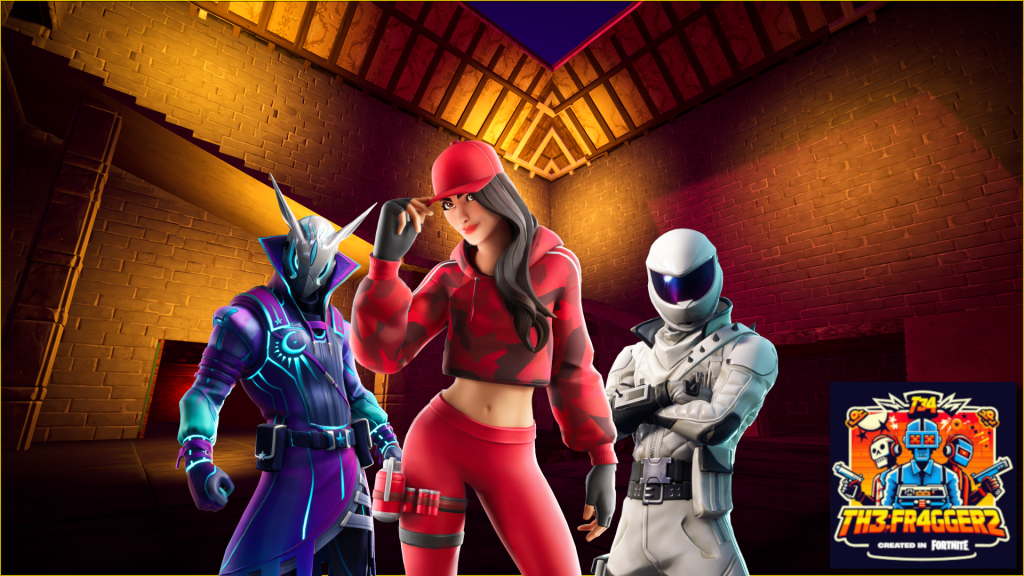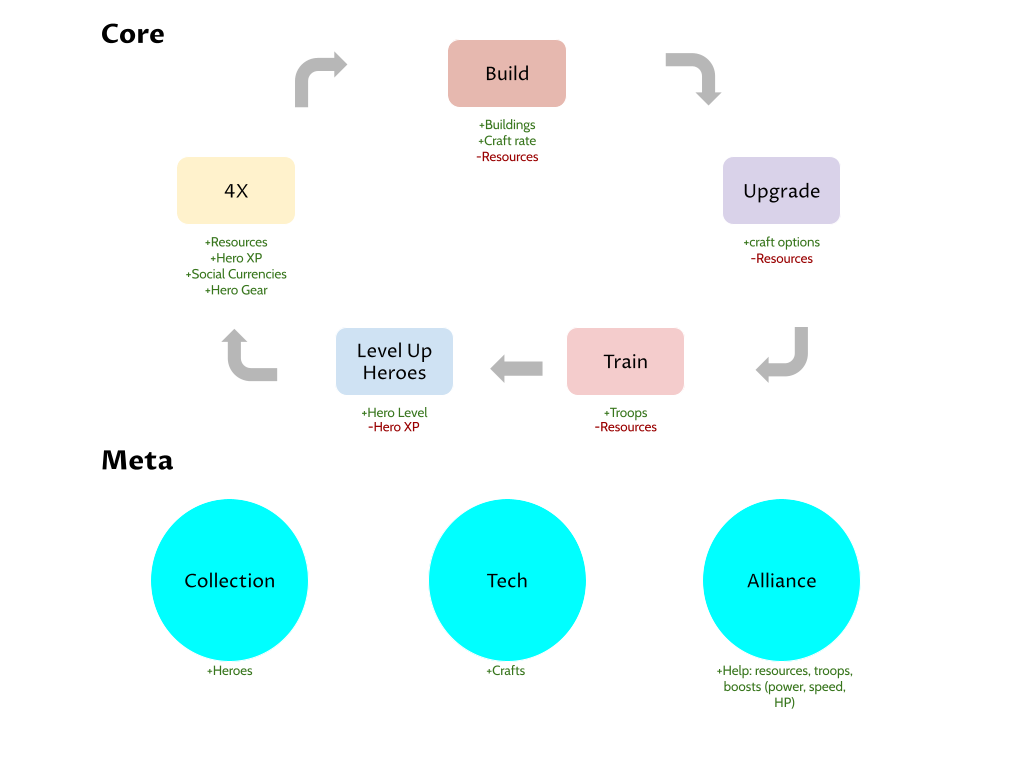Reviewing the resume of a senior takes time. That’s because we all lie, especially when we need the job. So it takes time to spot the truths within a resume. The same is valid for a portfolio of juniors. It takes time to build them, and it takes time to review them.
That’s why relationships with seniors are very important. A portfolio can be discovered or sent to a company, but they will probably have little time to check it in detail. Instead, if you use the portfolio as a tool to communicate with people you have a relationship with, everything is easy.
Oftentimes when a company needs juniors, seniors already know who to call. Many seniors, like me, are in constant touch with junior talents. And that’s also why you don’t see many offers for juniors out there. Because it is not necessary.
Think of your resume or portfolio as another tool for communication. Don’t send them only to job applications. Job applications are worthless, I have personally never seen a job application go well in my entire life. Use your resume and portfolio as a vehicle to find your voice and spread it out there. Create meaningful relationships.


